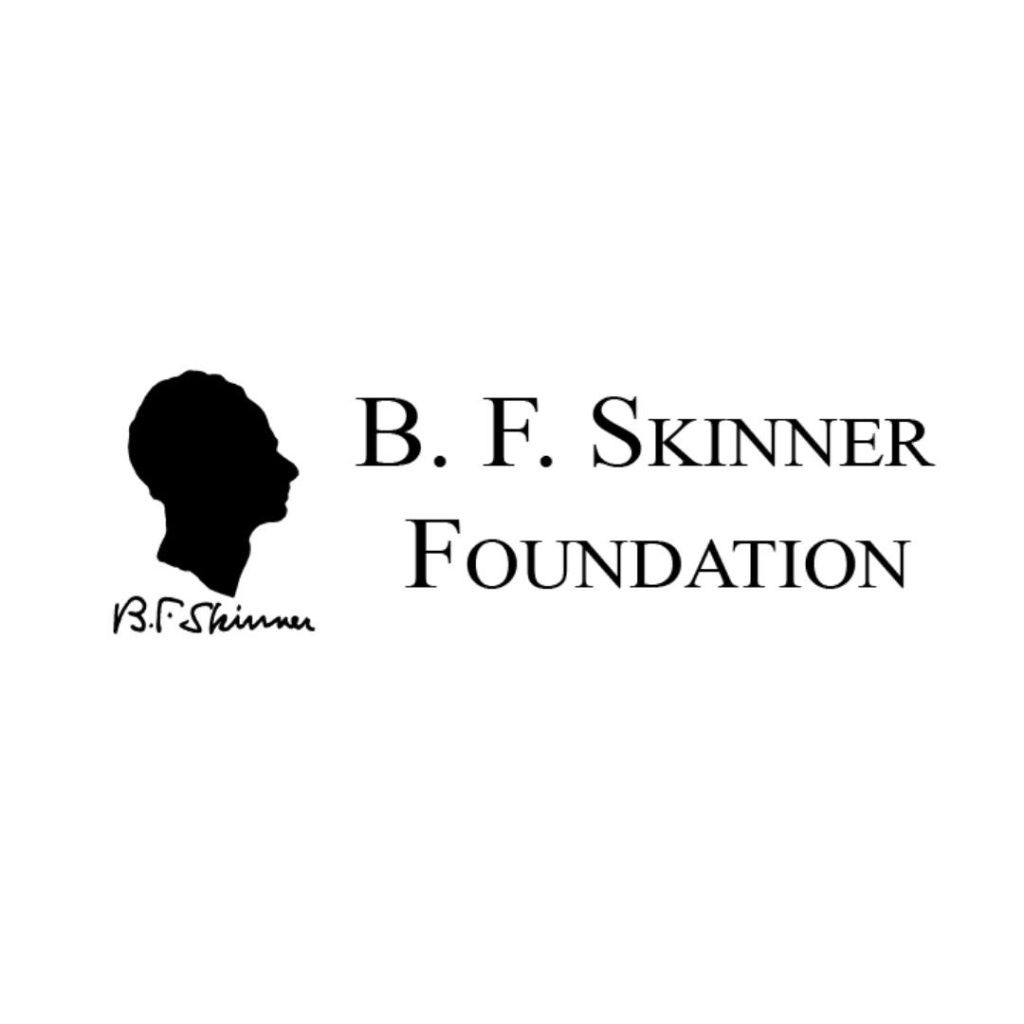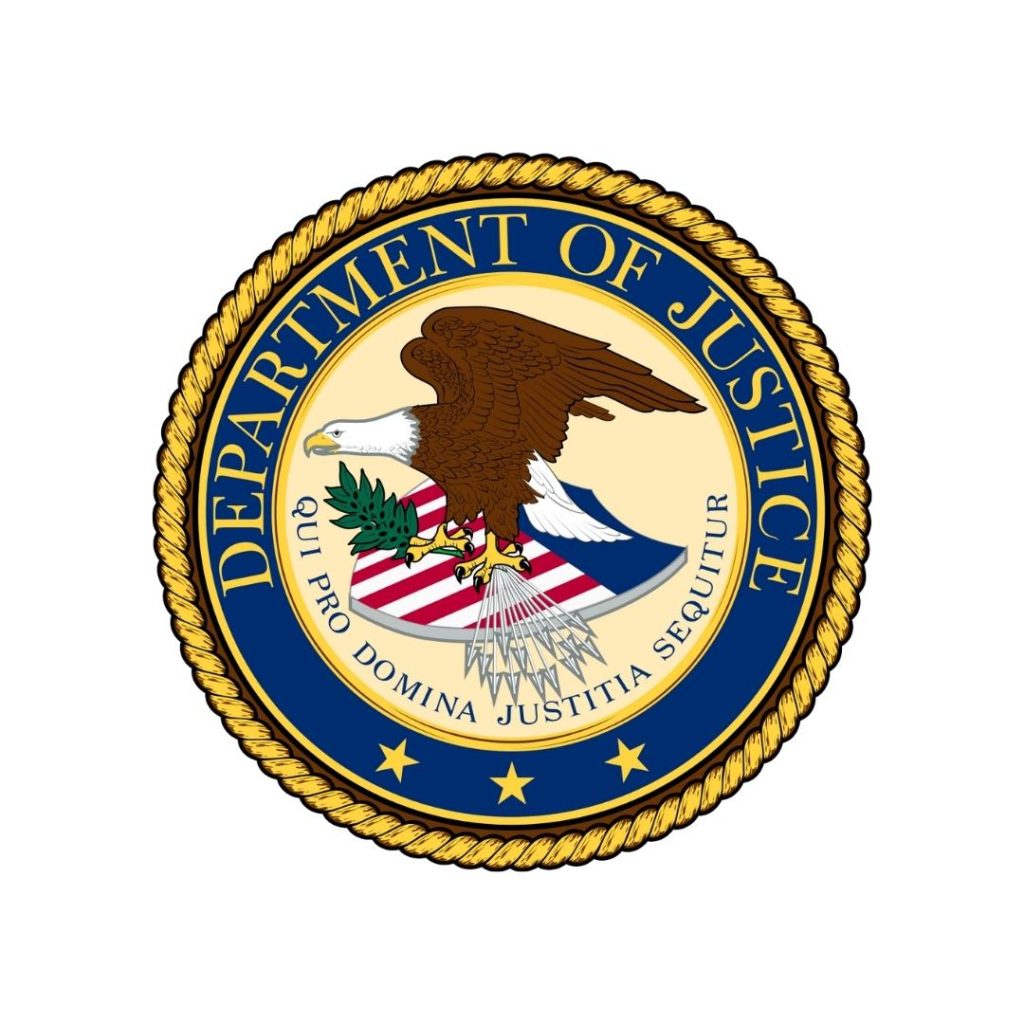Editor’s Note
If you experience suicidal thoughts or have lost someone to suicide, the following post could be potentially triggering. You can contact the Crisis Text Line by texting “START” to 741741.
Russell Lehmann knows firsthand the impact cyberbullying can have on your life. When rapper J. Cole used a slur in reference to autistic people on Drake’s track “Jodeci Freestyle” in 2013, Lehmann wanted to use his voice to fight back. He posted a video on YouTube of his spoken word poem performance in response to J. Cole’s lyrics that quickly went viral. The comments that rolled in were, as Lehmann said, “pretty brutal.”
Lehmann, who is autistic and now a motivational speaker, said at the time he was struggling, very isolated and didn’t have much contact with the outside world. After the backlash and cyberbullying he received in response to his video, not only did he want to retreat away even more, but his mental health suffered.
“This was the first time I was ever attacked in my life so personally and it made me never want to use my voice again,” Lehmann told The Mighty. “I used my voice and my poetry as an outlet, and now to get attacked, on top of being attacked [by J. Cole’s song]. I really fell into a depression, got very anxious, got very angry, and it made me just want to close out the world even more.”
Lehmann’s experience isn’t uncommon, in fact, people with disabilities are almost twice as likely to be bullied online. In a survey of more than 20,000 students with and without disabilities, the Ruderman Family Foundation found students with disabilities were nearly twice as likely to be cyberbullied, and experience depression and suicidal thoughts at higher rates, than those without disabilities.
The paper, which was published on Wednesday and co-authored by Ruderman Family Foundation Chief Inclusion Officer Miriam Heyman, Ph.D., found about 33% of students with disabilities experienced cyberbullying online in the last year. Only 20% of students without disabilities were targeted.
Disabled students are almost twice as likely to be involved in cyberbullying, whether they are the victim, the bully or both. Heyman said often those who cyberbully others start off as the target. When they don’t know how to deal with the painful emotions after being harassed online, they may lash out at others as the only way they know how to cope.
While we know people with disabilities face discrimination both online and off, Heyman was still surprised by what they found in the white paper. “Students with disabilities were almost twice as likely to be victims of cyberbullying. That to me actually was shocking,” Heyman told The Mighty. She continued:
We, as a society and the educational professional community, have acknowledged that social/emotional learning and teaching kids to be kind is an important part of the school experience. So we think that we’re doing that. But this is, I think, a stark reminder of the fact [that] we’re failing, as kids with disabilities are cyberbullied at twice the rate of kids without them. We, as parents, as teachers, really are missing out on a key educational component of our children’s experience.
In addition, Heyman and the foundation’s work highlights the major mental health impact cyberbullying can have on students with disabilities. Students with disabilities targeted by cyberbullying experienced depression more often than non-disabled students: 45% of disabled young people had depression compared to 31% of their peers. Cyberbullying was also connected with suicidal thoughts. Though 23% of students without disabilities said they considered suicide, 38% of students with disabilities reported suicidal thoughts after being cyberbullied.
Heyman noted the cause of mental health issues can’t be directly connected to cyberbullying exclusively, but a correlation between cyberbullying, depression and suicidal thinking can’t be ignored. This was definitely Lehmann’s experience, who said after he was ruthlessly targeted online, his mental health worsened and he considered suicide. And the mean comments online, even though Lehmann has figured out how to focus more on the positive now, still have an impact.
“There have been days when I wake up, and I see my feed and I have a breakdown,” Lehmann said. “Sometimes I have to cancel meetings. Sometimes I just lie in bed all day, because it really hits me hard mentally and emotionally.”
The Ruderman Family Foundation’s report highlights the importance of creating safer spaces online for young people with disabilities, especially because the current conversation about safety hasn’t included people with disabilities despite the Ruderman Family Foundation’s findings they are more likely to be targeted online.
Disability advocate Natalie Weaver, whose daughter Sophia recently died due to complications related to her health, faced frequent cyberbullying because of her daughter’s disabilities. Sophia had Rett syndrome and facial differences and was often the target of abuse online. Weaver advocated for Instagram and other social media platforms to update policies about reporting online abuse to include disability specifically. In 2018, Weaver advocated for a similar update to Twitter’s reporting policies. Thanks to her advocacy work, Twitter did update its harassment reporting guidelines to explicitly include people with disabilities.
“Sadly, people with disabilities are common targets for cyberbullying,” Jay Ruderman, president of the Ruderman Family Foundation, told The Mighty in a statement, adding:
It is our individual and collective responsibility to take actions which ensure that adolescents can increasingly experience the benefits of social media platforms rather than their dangers, and a crucial first step in that process is making the cyberbullying of people with disabilities a greater component of the national conversation on social media activity. That is precisely what our white paper intends to accomplish.
On the flip side, the internet can be an important place for students with disabilities to find support, especially because disabled students may feel alone in their in-person schools and communities. Ruderman’s white paper found 38% of students with disabilities found online platforms an important aspect of social support, compared to 28% of students without disabilities.
The Ruderman Family Foundation, in addition to providing resources for parents and educators to help students with disabilities stay safe online, wants to focus on fostering kindness more broadly. This could include a social media profile badge (similar to the blue verification checkmark) to indicate accounts that consistently treat others on social media with kindness. Another idea to reinforce kindness is a #BullyFree hashtag.
“At the most basic level, it starts with teaching kindness,” Heyman said of proposed interventions. “How cool would it be if every single adolescent ended every single online communication with the hashtag ‘BullyFree’ as a statement of, ‘There’s nothing bullying in this content and I’m proud of that. I’m going to display this hashtag with that’?”
The Ruderman Family Foundation’s white paper continues the organization’s tradition of ensuring people with disabilities are included in every conversation we have in society, from cyberbullying to police violence. For Lehmann, who uses his online presence as an important part of his advocacy work as well, wants other young people to know they aren’t alone and find support — not hate — online.
“I would say sticks and stones may break my bones but words hurt even more,” Lehmann said, adding:
The ignorant and the mean comments actually fueled my fire to become more passionate about spreading awareness. I want everybody in this world to have the liberation of being themselves. I don’t care if you have autism, I don’t care if you’re physically disabled, I don’t care if you have a mental health illness. We all deserve to be ourselves because a huge peace of mind comes with that. And cyber bullying is getting in the way of that and causing a lot of harm on top of it.













